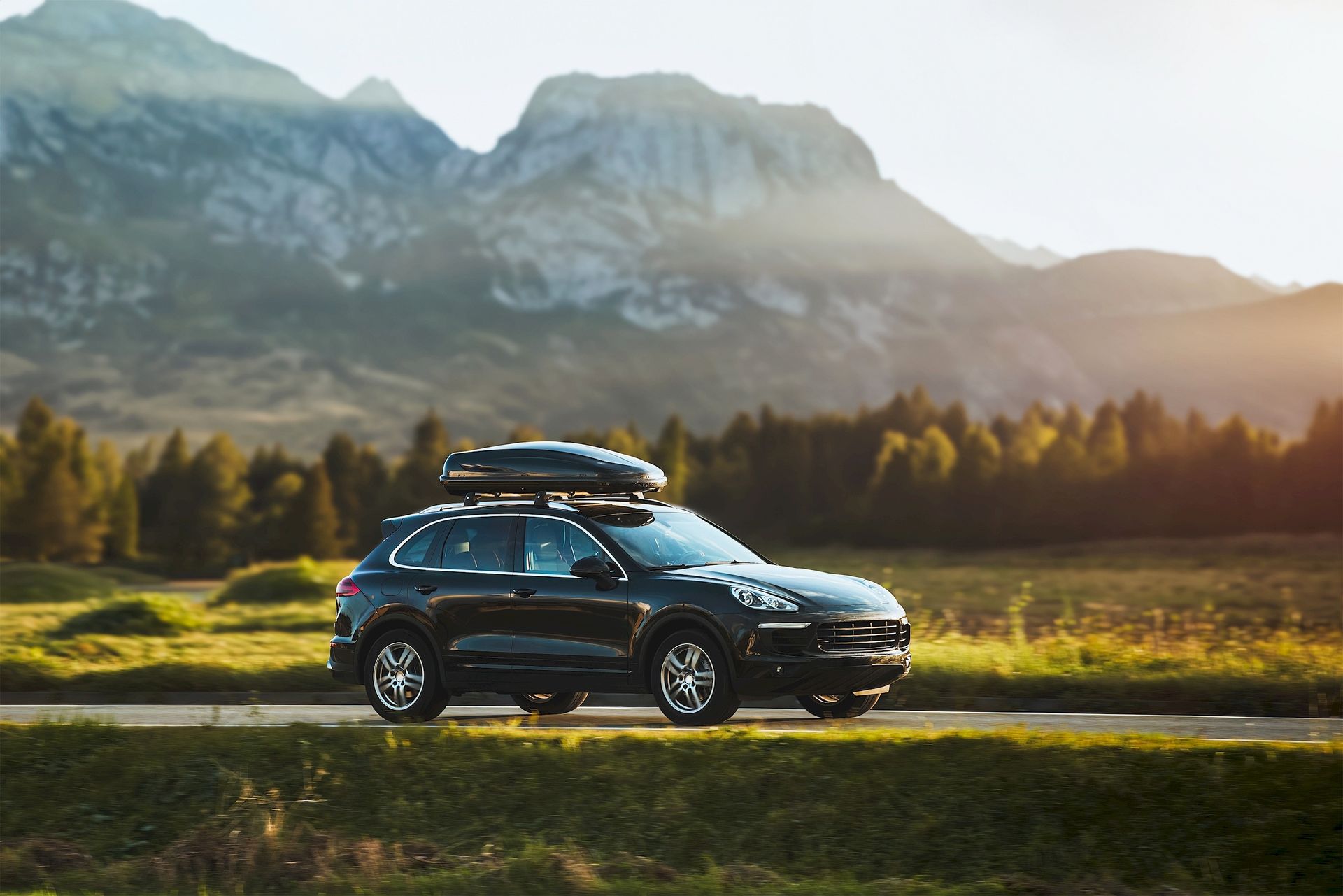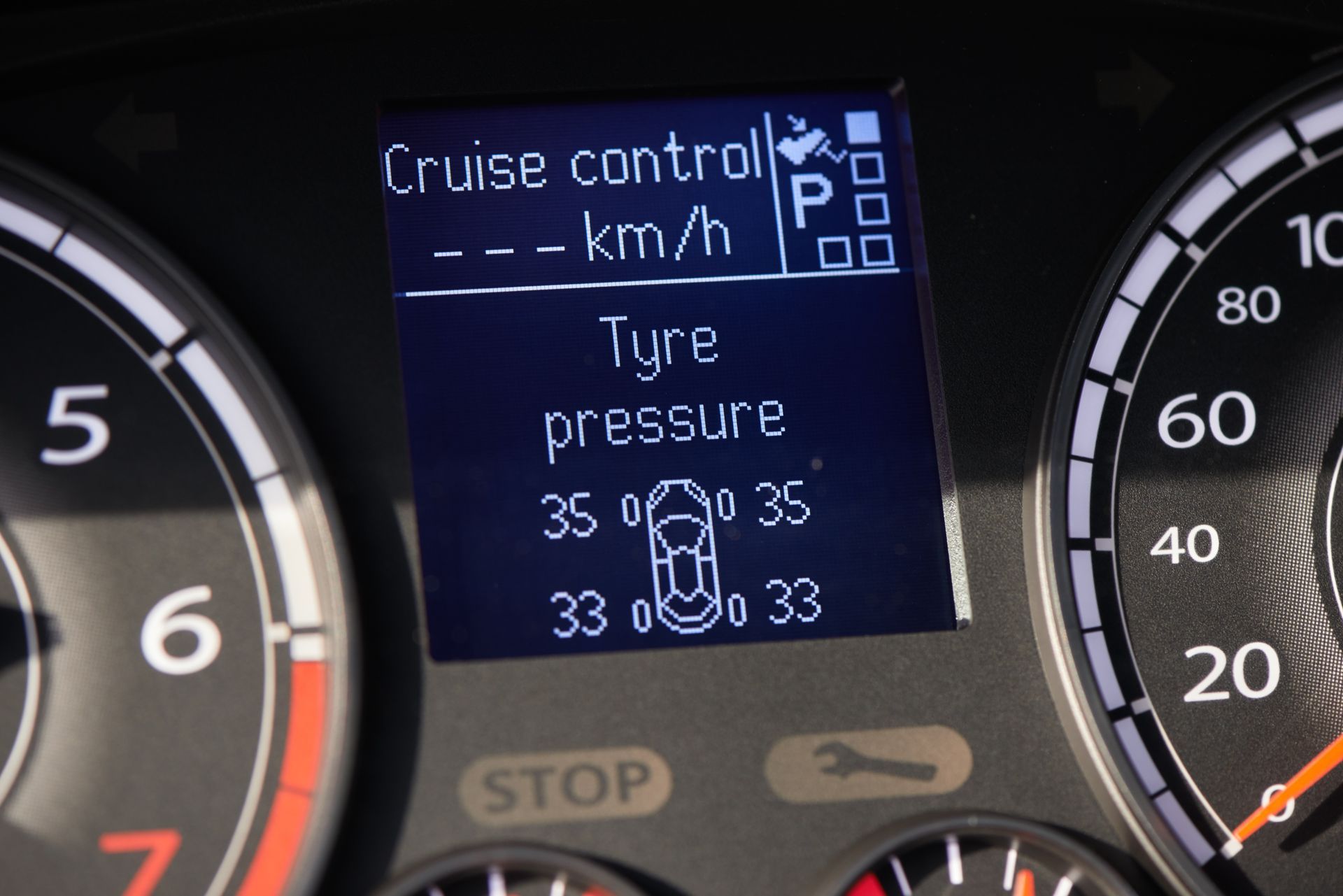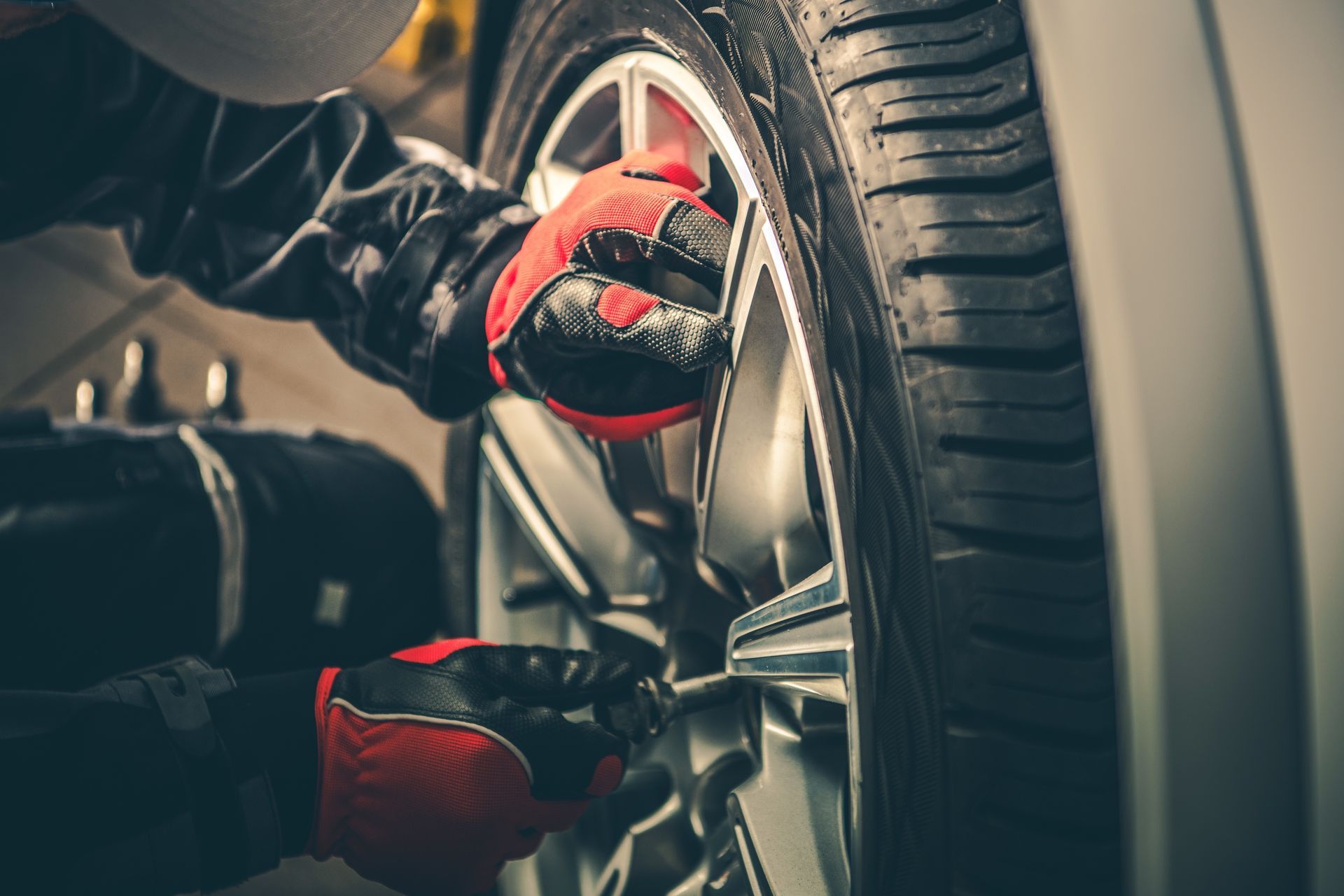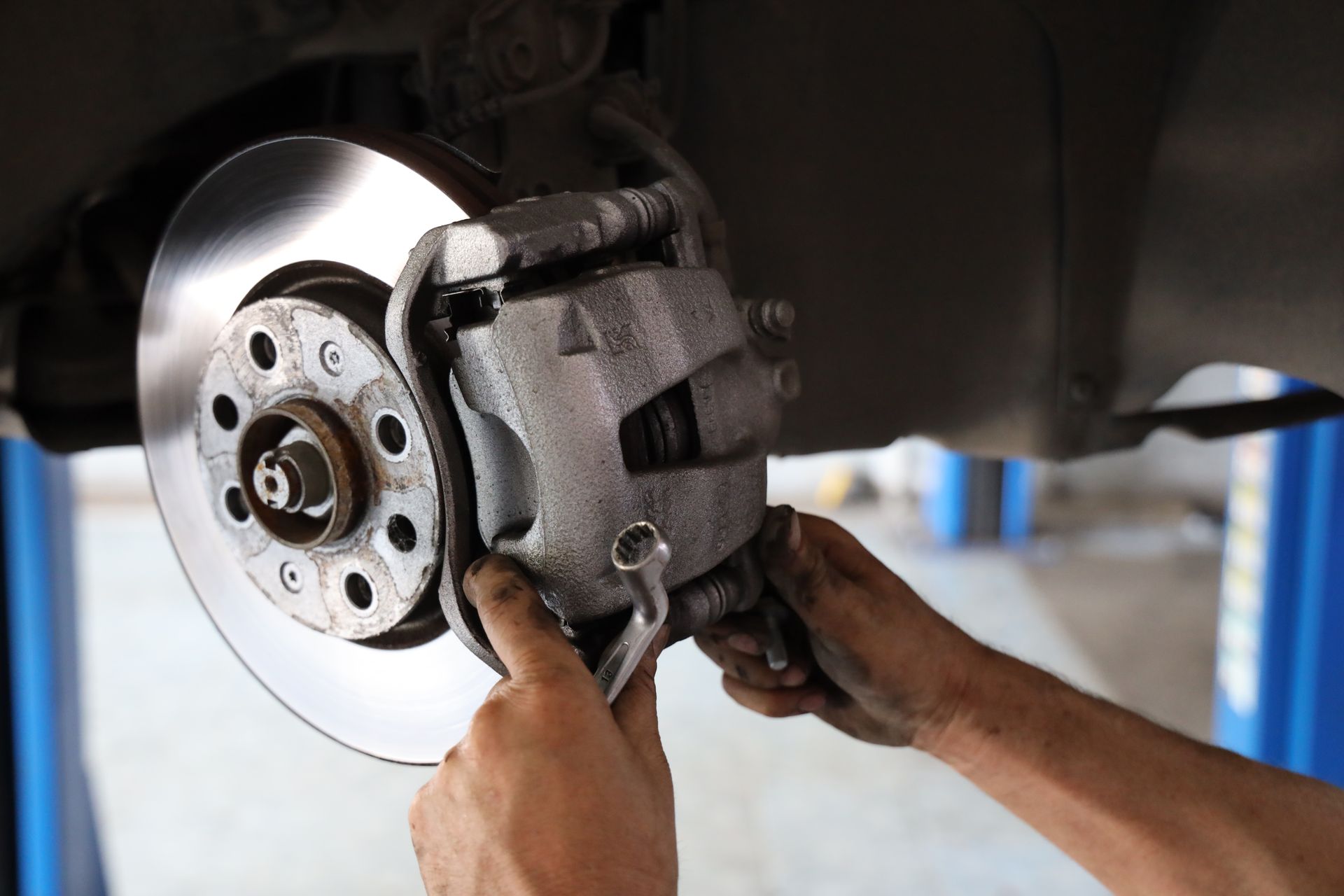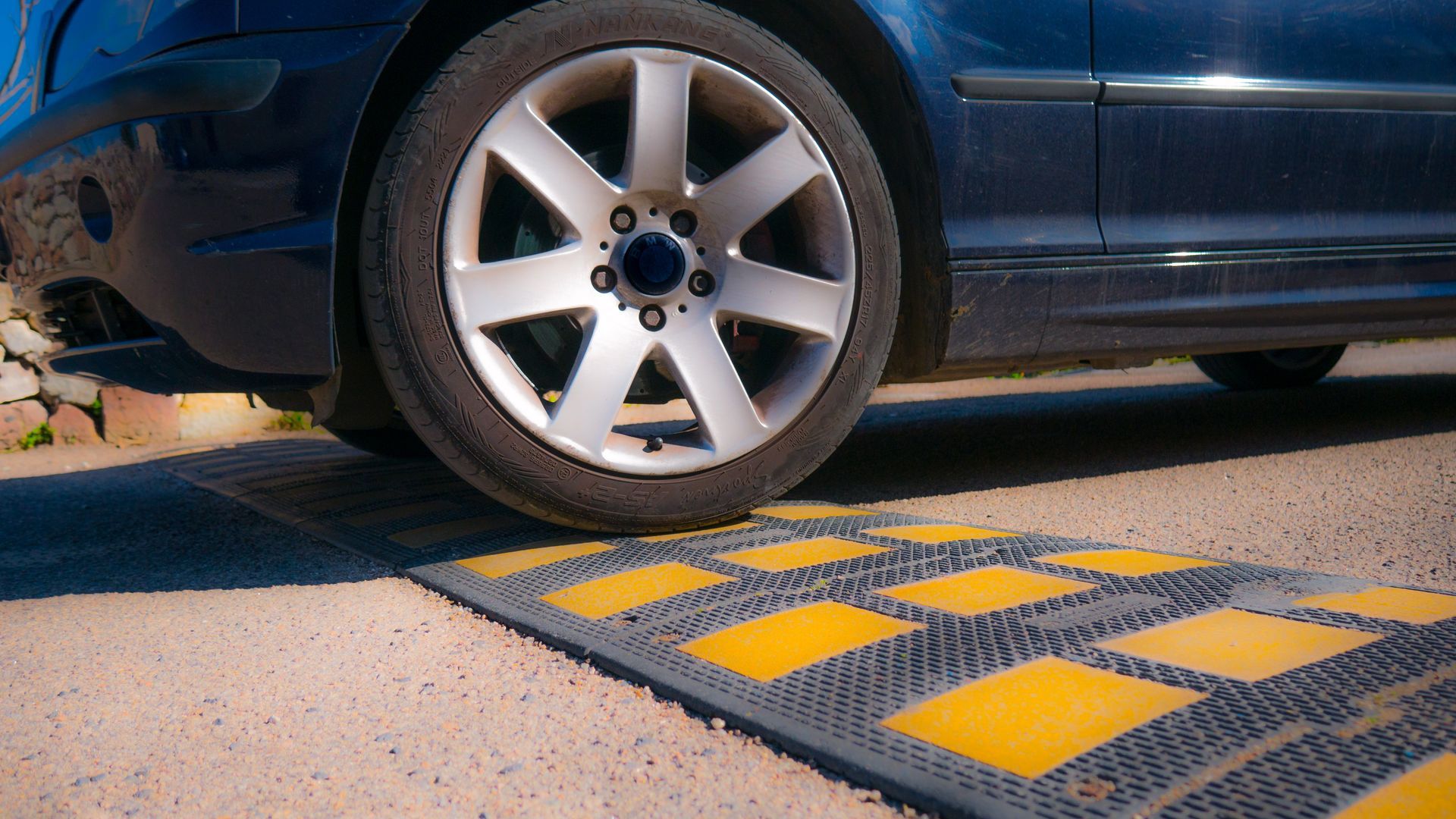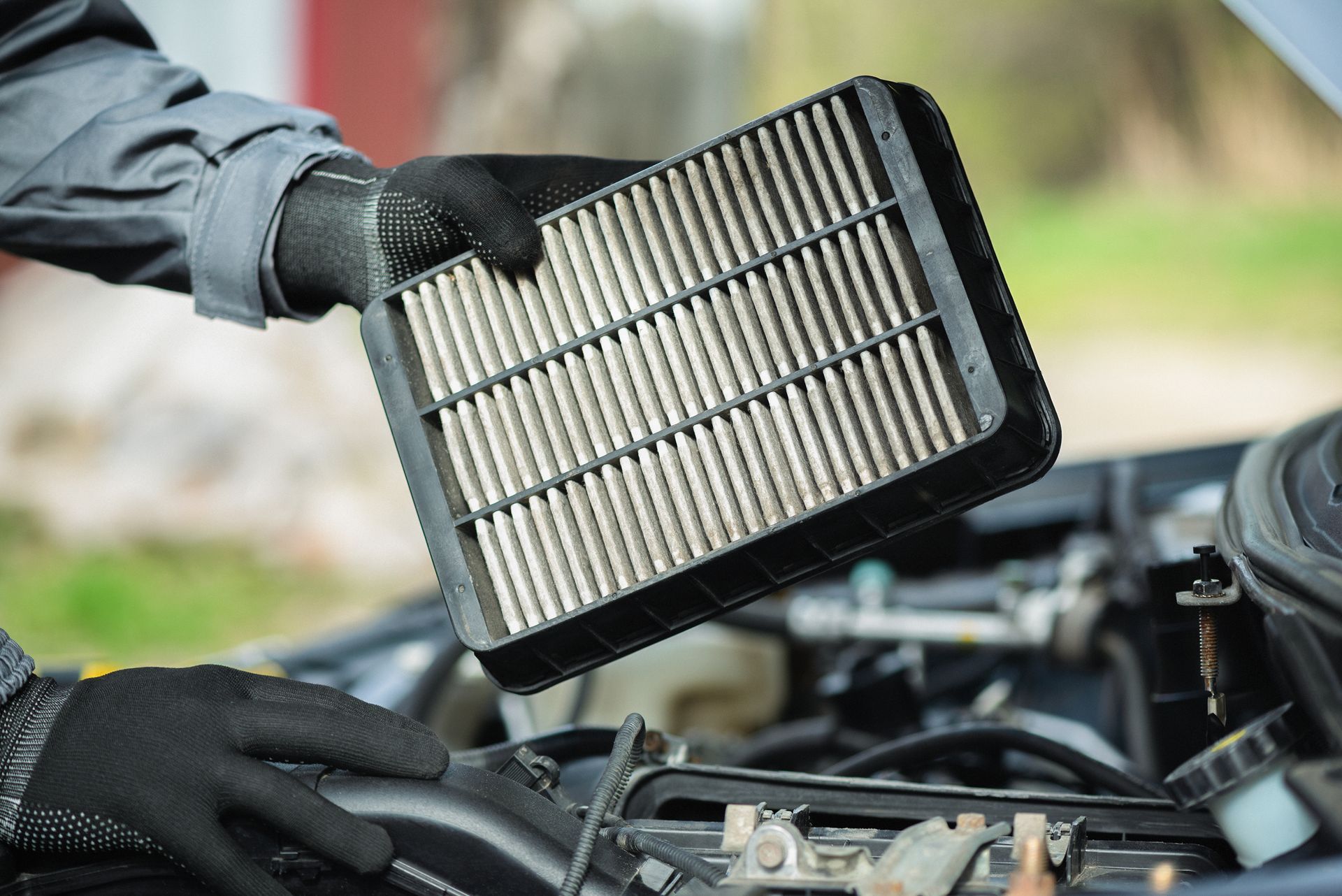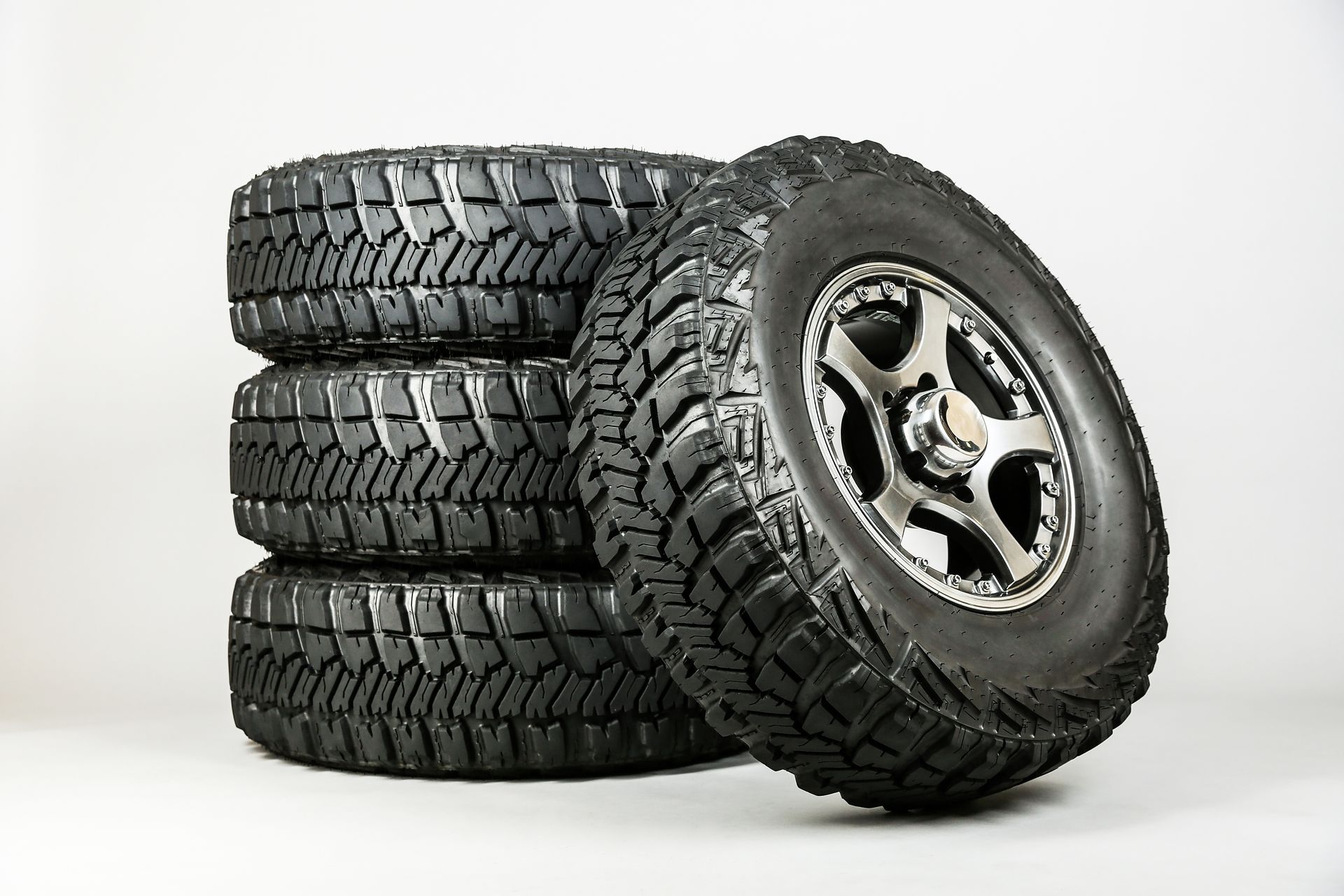Tire noise used to be something drivers just accepted as part of the ride—but today’s drivers expect more comfort, especially in quieter vehicles like hybrids and EVs. Modern tire design has evolved to not only improve performance and safety, but also to reduce road noise significantly. And this isn’t just about convenience—quieter tires contribute to a more relaxed, focused driving experience.
Let’s find out how tire manufacturers achieve that quiet, cushioned ride through design, materials, and technology.
Tread Design for Noise Reduction
Tread design plays one of the biggest roles in how much noise a tire produces. As the tire rolls, air gets trapped and released between the tread blocks and the road surface. That constant interaction can create humming or droning sounds, especially at highway speeds.
To reduce this, engineers use a technique called pitch sequencing. Instead of using identical tread block sizes throughout the tire, they vary the shape and spacing slightly. This breaks up repetitive sound patterns and spreads out the noise over different frequencies, making it much less noticeable inside the cabin.
Asymmetrical and directional tread patterns also help channel air more efficiently, reducing turbulence and noise as the tire spins.
Quieter Rubber Compounds
Tire noise isn’t just about shape—it’s also about material. The rubber compound used in a tire influences how much vibration gets transmitted into the vehicle. Softer, more flexible rubber tends to absorb more of the vibration caused by uneven roads, creating a quieter ride.
Some tires are specifically formulated with advanced silica blends or polymers that not only reduce rolling resistance for better fuel economy but also dampen sound. These compounds balance quiet operation with longevity, so you don’t have to sacrifice performance for comfort.
Built-In Sound Dampening Technology
Many premium and luxury vehicle tires now include sound-absorbing foam linings inside the tire. This layer of foam helps reduce cavity noise—the sound waves that bounce around inside the hollow space of the tire as it rolls.
These systems don’t change how the tire performs on the outside, but they significantly reduce the noise that reaches the cabin. You’ll often find this feature in performance sedans and EVs where quietness is a top priority.
Some tire manufacturers brand this feature with names like “ContiSilent,” “Acoustic Technology,” or “SilentDrive,” depending on the brand.
Optimized Sidewall Design
Sidewalls don’t just support the weight of the car—they also influence how vibrations are absorbed or transferred. In quieter tires, the sidewall structure is often tuned to flex slightly more, absorbing bumps and minimizing vibration that would otherwise travel through the suspension.
Tires made for touring or comfort-focused driving tend to have sidewalls designed to reduce harshness, while still maintaining enough rigidity for proper handling.
How Alignment and Inflation Affect Noise
Even the best-engineered tires will get noisy if they’re not maintained correctly. Misalignment, underinflation, or uneven wear can cause cupping or feathering on the tread, which increases vibration and noise.
If you’ve noticed your tires getting louder over time, especially with a rhythmic thumping or whining sound, it might be time to:
- Check alignment
- Rotate your tires
- Inspect tread wear
- Adjust pressure to manufacturer specs
Routine maintenance ensures your tires perform the way they were designed to—quietly and smoothly.
Noise Reduction Matters More Now Than Ever
With quieter engines, better sound insulation, and the rise of electric vehicles, tire noise stands out more than ever. Drivers now notice the smallest hum or vibration, especially during highway cruising or city driving with stop-start traffic.
Tire manufacturers are responding by integrating noise-reducing features across more models—not just luxury or performance tires. Whether you drive a family SUV or a compact commuter car, you can now find tire options designed to prioritize cabin quietness without compromising grip or lifespan.
Rick’s Tire & Service – Tire Replacement and Balancing in Seattle, WA
Looking for a quieter, smoother ride? Visit
Rick’s Tire & Service in Seattle, WA. We carry a wide selection of tires designed for comfort, performance, and long-term value. Our team will help you choose the best tire for your needs and driving habits—and make sure it's installed, balanced, and aligned properly for the quietest ride possible.

